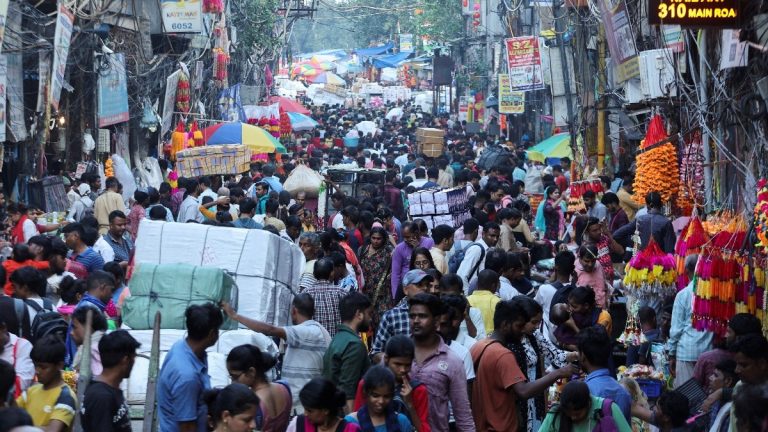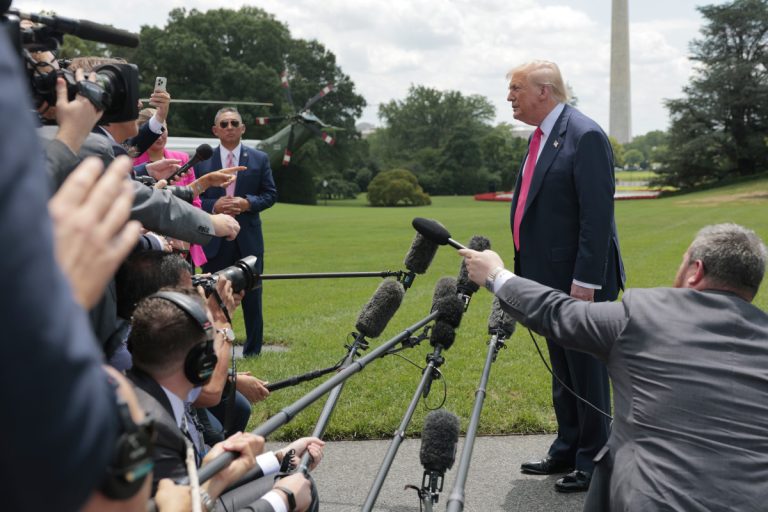This quarter you have got Vodafone delivering its highest average daily revenues in the past five years. How do you see this performance Vodafone Idea and do you sense by any which way that it could be on the turnaround path?
Balaji Subramanian: So, there were a number of positive things to take away from Vodafone’s results. So, one was as you rightly said their daily revenue run rate was the highest in a long time. Their aprus were also higher. The subscriber losses have persisted, but the good thing is that at least they are lower than where they used to be. The capex has gone up which is a positive because the rollouts are critical as far as stemming their subscriber losses are concerned. So, there have been a few positives, but these are all incremental positives. What we really need is any relief on the AGR front because that is where the cash flow burden can meaningfully come off and that is what would lend comfort to banks when they decide whether to lend or not.
So, on that count a couple of weeks back while the Supreme Court turned down the writ plea of Bharti and Vodafone Idea, the good thing there was that the court also made an observation that should the government go ahead and come out with any relief measures the court will not come in the way, so to that extent it is a positive.
We will have to see what all steps the government can take without incurring the wrath of the Supreme Court. So, my sense is that one option can be to extend the timeline of the AGR payments, the other one could be slightly more difficult option but that could mean providing some relief especially on the interest and the penalty part of the AGR liability. So, now the ball is in the government’s court and based on how the progress happens on any relief on AGR, that is when the fundraising angle will start probably kicking in.
When Vodafone Idea raised capital about a year-and-a-half ago, it appeared that they finally will have enough and more money to take care of the debt and they would be able to come out of the hole which they had fallen in. But looks like they have not really managed to come out of it. So, for a minority shareholder irrespective of whether it is AGR or Starlink or the pricing power coming back to the industry, should a minority investor and a shareholder and our viewers who own Vodafone or plan to buy Vodafone should they avoid it?
Balaji Subramanian: See, I have a cautious stance on the name. This is simply because of the fact that even with an AGR waiver the cash outgo will be fairly meaningful and if you look at what Vodafone Idea’s turnaround plan was, the one which they had articulated when they raised funds a little over a year back, was that one, there will be tariff increases which played out, so they did their fundraise in April last year and the tariff hikes were announced towards the end of June, so that happened. The second thing was they said they will be able to successfully complete the equity part of the fundraising. There also they delivered.
Where the problem has been was there was an expectation that the AGR dues also will see a meaningful reduction and as a result the debt raise which was also one of the planks of the turnaround strategy, that should also fall into place. But unfortunately, that part of the story has not played out and what we have seen is that even the ARPU increase or rather more precisely the revenue increase after the tariff hikes they have been a little bit underwhelming because there has been a fair bit of downtrading and churn that has happened, so that is where things have not exactly gone as per plan.
So, if they manage to get some relief on the AGR burden and the debt funding falls in place, I definitely see a pop in the stock, but after that they will have to again start battling in the marketplace where things are not all that simple because we do have two strong competitors which are way ahead in terms of rollouts are concerned and their cash flow and balance sheet metrics are also quite strong. So, it will be an uphill task for Vodafone Idea even if they manage to get all these things in place.
The other side is Bharti, stock is at an all-time high, data is stabilising, the capex in the short term does not look like there is a large number coming for some 6G or 7G or 9G or 10G at least that talk has not started. So, I am assuming that in the near-term capex would be manageable. But the real joker in the pack is going to be Starlink. It is coming to India. When will that start affecting Bharti’s data business because Starlink will come at a price which would be attractive and a service which would be better.
Balaji Subramanian: So, I do not really subscribe to what you stated on Starlink completely because if you look at Starlink a couple of weeks back they launched in Bangladesh where if you convert the pricing there into Indian rupees, you can see that their plan starts at around Rs 2900 per month or so. There are two plans. One is at around 2900, the other one is a little over Rs 4000 per month. And in India when it launches, we do not know whether this will be the pre-GST pricing. So, if we are going to have GST also on top, then we are looking at something like a Rs 3500 per month and let us not forget that unlike in certain pockets in the US where they offer the terminal also free of cost, here the terminal is also being charged.
So, when I mentioned here, I refer to Bangladesh where the terminal costs around Rs 35,000. So, that means that it is going to be on the fairly expensive side. I do know that Starlink offers $10 plan in Kenya, but let us not forget that in Kenya the conventional fixed broadband plans start at around $20, that is not the case in India where you have the entry level plan of Jio the FTTH plan starts at Rs 399 plus GST. So, even with that we are looking at a Rs sub-500 number and compared to that Starlink is probably six to seven times priced higher. So, at least as things stand, Starlink will be largely restricted to either certain niche high-income population groups or it might be more relevant in areas where it is near impossible to have either a fixed line connectivity or even a 5G FWA connectivity.








